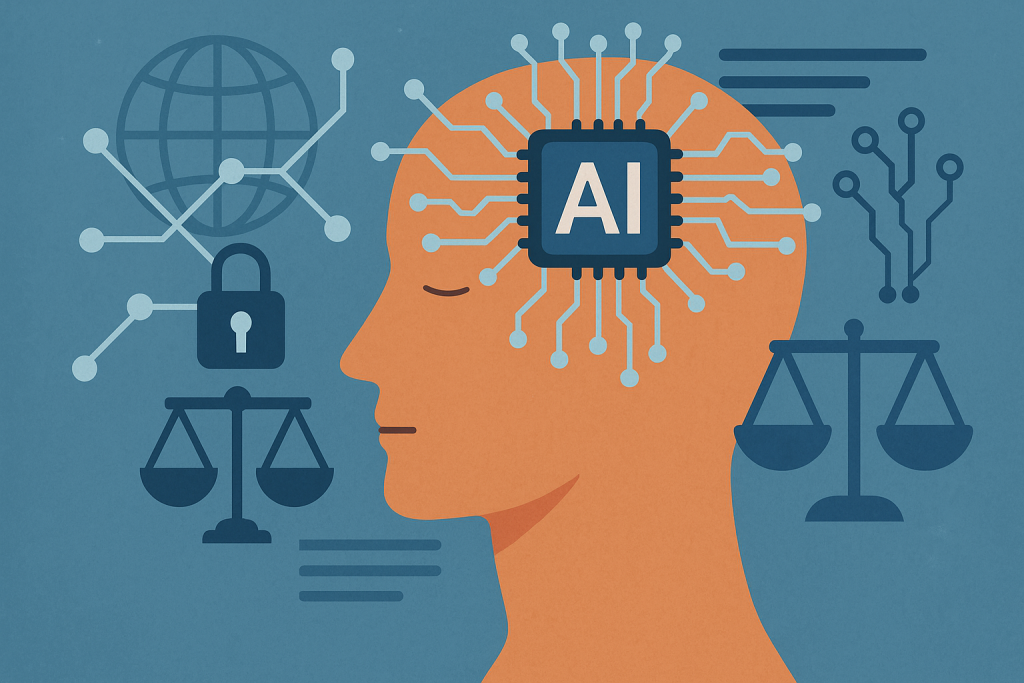In the 21st of one hundred years, technology has revolutionized almost every facet of our lives, and education is no exception. The unification of technology in education has revolutionized traditional teaching patterns, broadened approach to knowledge, and personalized knowledge experiences. This article investigate the profound impact of science on global education and allure implications for the future.
Expanding Approach to Education
One of ultimate significant impacts of science on global education is allure ability to expand approach to learning opportunities. In many parts of the planet, physical foundation and resources are limited, making it troublesome for students to receive character education. Science bridges this gap by providing access to mathematical resources and online knowledge platforms.
For example, large open online courses (MOOCs) presented by platforms like Coursera, edX, and Khan Institute have made high-quality instruction accessible to heaps of learners worldwide. These platforms offer courses from famous universities and institutions, admitting students in remote extents to benefit from the same level of instruction as those in developed regions.
Furthermore, educational apps and e-books have made knowledge materials more inexpensive and widely available. Students can approach textbooks, practice exercises, and interactive content on their devices, lowering the need for physical books and classroom matters.
Enhancing Knowledge Experiences
Technology reinforces learning experiences by making instruction more interactive and charming. Traditional lecture-based education methods are often lifeless, but digital tools can mutate lessons into active, interactive experiences.
Computer simulation (VR) and augmented reality (AR) sciences allow students to investigate historical sites, conduct controlled experiments, and immerse themselves in complex subjects in habits that were previously impossible. E.g., a history undergraduate can take a virtual tour of ancient Rome, while a physical science student can explore the human physique in 3D.
Gamification, the use of game elements in education, has too gained celebrity. Educational games and simulations stimulate students to learn through challenges, rewards, and contest, making learning fun and productive. Platforms like Duolingo use gamification to teach accents, helping learners stay engaged and instigated.
Personalizing Education
One of ultimate transformative impacts of electronics is its ability to embody education. Traditional instruction often attends a one-size-fits-all approach, but science enables personalized knowledge tailored to individual needs and preferences.
Adjusting learning methods use data and analytics to evaluate a student’s strengths, proneness, and learning pace. Established this information, these systems determine customized learning courses, exercises, and feedback. This approach ensures that scholars receive the support they need and progress at their own pace.
Machine intelligence (AI) also plays a crucial act in personalization. AI-powered tutors and chatbots can answer scholars’ questions, provide explanations, and offer supplementary resources. These forms are available 24/7, allowing undergraduates to seek help whenever they need it.
Simplifying Collaboration and Ideas
Technology has also remodeled the way students and professors communicate and collaborate. Connected to the internet collaboration forms, such as Google Classroom, Microsoft Groups, and Zoom, enable absolute-time interplay and teamwork, regardless of terrestrial barriers.
Students can bother group projects, share documents, and provide feedback through these podiums. Teachers can conduct in essence classes, hold discussions, and engage accompanying students through video conferencing and to foreshadow. This connectivity guarantees continuity of education, even in occasions of crisis, such as all along the COVID-19 pandemic.
Challenges and Considerations
While science offers numerous benefits, it likewise presents challenges that need to be addressed. Individual significant issue is the digital divide—the break between those who have approach to technology and those the one do not. In many developing regions, lack of computer network connectivity, devices, and mathematical literacy hampers the productive use of technology in education.
In addition, the over-reliance on technology can bring about issues such as screen fatigue, reduced directly facing interaction, and dossier privacy concerns. It’s crucial to affect a balance between technology use and usual teaching arrangements to ensure a holistic instructional experience.
The Future of Education
Anticipating ahead, the impact of technology on worldwide education is balanced to grow even further. Innovations like AI, machine intelligence, and blockchain will continue to reshape the instructional landscape. AI can support even more personalized learning knowledge, while blockchain can ensure the security and transparence of academic records and credentials.
Moreover, the unification of technology in instruction will foster lifelong education, enabling individuals to steadily update their abilities in a rapidly changing realm. As the demand for new skills and knowledge increases, science will play a vital role in providing adaptable and accessible education opportunities.



